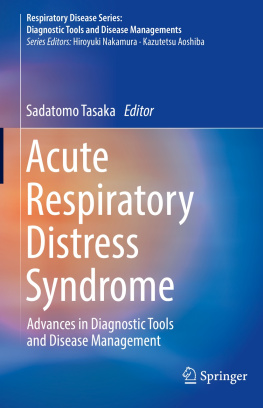Key Points
Maurice Raynaud characterizes cold-induced color changes of the fingers due to vasospasm.
Clinical observations concluded Raynauds phenomenon were due to a local fault at the level of the digital vessels.
Raynauds phenomenon is common and exists as both uncomplicated primary RP and RP secondary to underlying disease.
Both non-drug and drug therapies have evolved into effective treatment.
Milestones
In the eighteenth and nineteenth century debate over the mechanism of gangrene, there was a group of cases that could not be explained by ossification of the arteries nor by direct obstacles in the vascular cavities. In 1862, the young Maurice Raynaud meticulously described in his medical school thesis 25 patients with spontaneous symmetric gangrene of the extremities. He noticed that some of them were reporting a history of dead fingers. This phenomenon was characterized by attacks triggered by cold or emotional stress in which the fingers became indolent and turned deadly white or, sometimes, yellow. In more pronounced cases, the pallor was replaced by a cyanotic color. These episodes could last from a few minutes to many hours and could be followed by a reaction associated with heat and redness, and sometimes pain (Fig. ].
Fig. 1.1
The cover page of Raynauds 1862 original medical thesis
Diagnosis
Historically, the diagnosis of RP has been eminently clinical, as suggested by Raynauds own words: the phenomenon of dead finger was too well known by everybody for it to be necessary for me to delay in discussing it [].
Fig. 1.4
Temporal sequence of a symmetric attack of Raynauds phenomenon. The cyanosis of the fingers developed in this representative patient with probable primary RP at 10 am on 3 March 1929 and resolved a little before 12:30 p.m. (Lewis 1929) []
Several instrumental methods to diagnose and study RP have been developed over time, but only nailfold capillaroscopy has been consistently introduced in the clinical practice. Already in 1925 Brown and OLeary were using nailfold capillaroscopic analysis to show evidence of microvascular abnormalities in RP secondary to systemic sclerosis (Fig. ].
Fig. 1.5
Artistic representation of nailfold capillary pattern in response to cold in patients with Raynauds phenomenon (Brown and OLeary 1925) []
Treatment
Since the early nineteenth century, the main approach to cold sensitivity (or RP) has been non-pharmacological and based on recommendations such as the use of warm clothing, improvement of lifestyle, and avoidance of excessive emotional distress [].
In the nineteenth century, several compounds had been tested for their proven or purported vasodilative effects including amyl nitrite, nitroglycerin, quinine, ergot, and thyroid extract; analgesics such as opium, phenacetin, or cannabis indica; and uricosurics like salicylic acid, sodium phosphate, and piperazidin. Also electricity has been reported as a potential treatment (galvanism and faradism). Typically, the whole body or the hands of the patients were placed in a warm bath and then electricity was directly applied to the water to suppress nerve conduction with the intent of improving circulation []. The major challenge with this approach was that large amounts of whiskey, brandy, or other alcohol beverages had to be consumed (90150 ml) in order to effectively relieve vasoconstriction, carrying considerable risk for intoxication. In fact, no other formal studies have been subsequently conducted using this approach.
Starting in 1862, RP therapy focused mainly on counteracting the sympathetic vasomotor regulation. Maurice Raynaud described beneficial treatments based on the application of ascending electrical current to the spinal cord of his patients with the purpose of achieving a noninvasive sympathetic block []. He hypothesized that the pressure of the tourniquet could disrupt the sympathetic conduction along the artery, therefore interrupting partially the vasoconstrictive tone.
In 1889, cervical sympathectomy was introduced as a treatment for epilepsy. Such approach was unsuccessful and eventually abandoned. However, several patients reported hyperemia of the arms as a side effect of the surgery. These findings brought Adson to perform the first lumbar sympathectomy for RP in a teenage patient with a history of ulcers and painful vasospastic attacks to the feet. The second, third, and fourth lumbar ganglions were resected and the outer sheath of the common iliac arteries was stripped for a distance of about 5 cm. Following the operation, the feet turned warm and pink, with an increase of skin temperature [].
















